Resignation letter template casual
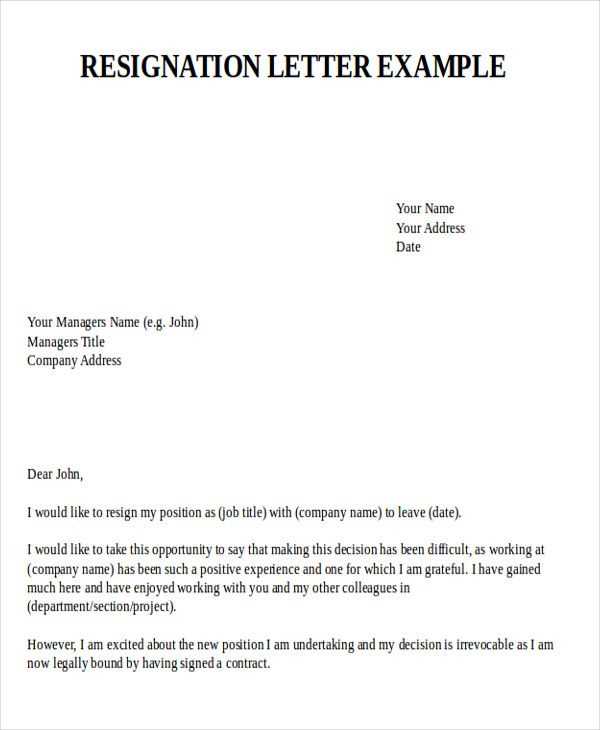
Craft a clear, concise, and professional resignation letter using a casual tone. It’s important to strike the right balance between being friendly and maintaining professionalism. Start with a polite yet straightforward statement of your intent to resign, followed by your last working day. Keep the message brief, and avoid going into unnecessary detail about your reasons for leaving unless you feel comfortable doing so.
Next, express gratitude for the opportunity to work with the company. Acknowledge positive experiences or skills gained during your time there. This helps leave a lasting positive impression, which is key for future references. Conclude by offering to assist with the transition process, ensuring a smooth handover of your responsibilities.
Here’s a basic structure to follow in your letter:
- Opening statement: Clearly state your resignation and include your last day of work.
- Gratitude: Thank your employer for the opportunity and share any positive reflections.
- Transition offer: Show willingness to help with the transition process.
- Closing: Close on a friendly and professional note, wishing the company continued success.
Here is the revised version:
For a casual resignation letter, aim for a friendly yet professional tone. Keep it brief and to the point. Acknowledge the time spent at the company and express gratitude for the opportunity. Don’t go into excessive detail about why you’re leaving–just keep it positive and appreciative.
Step-by-step approach:
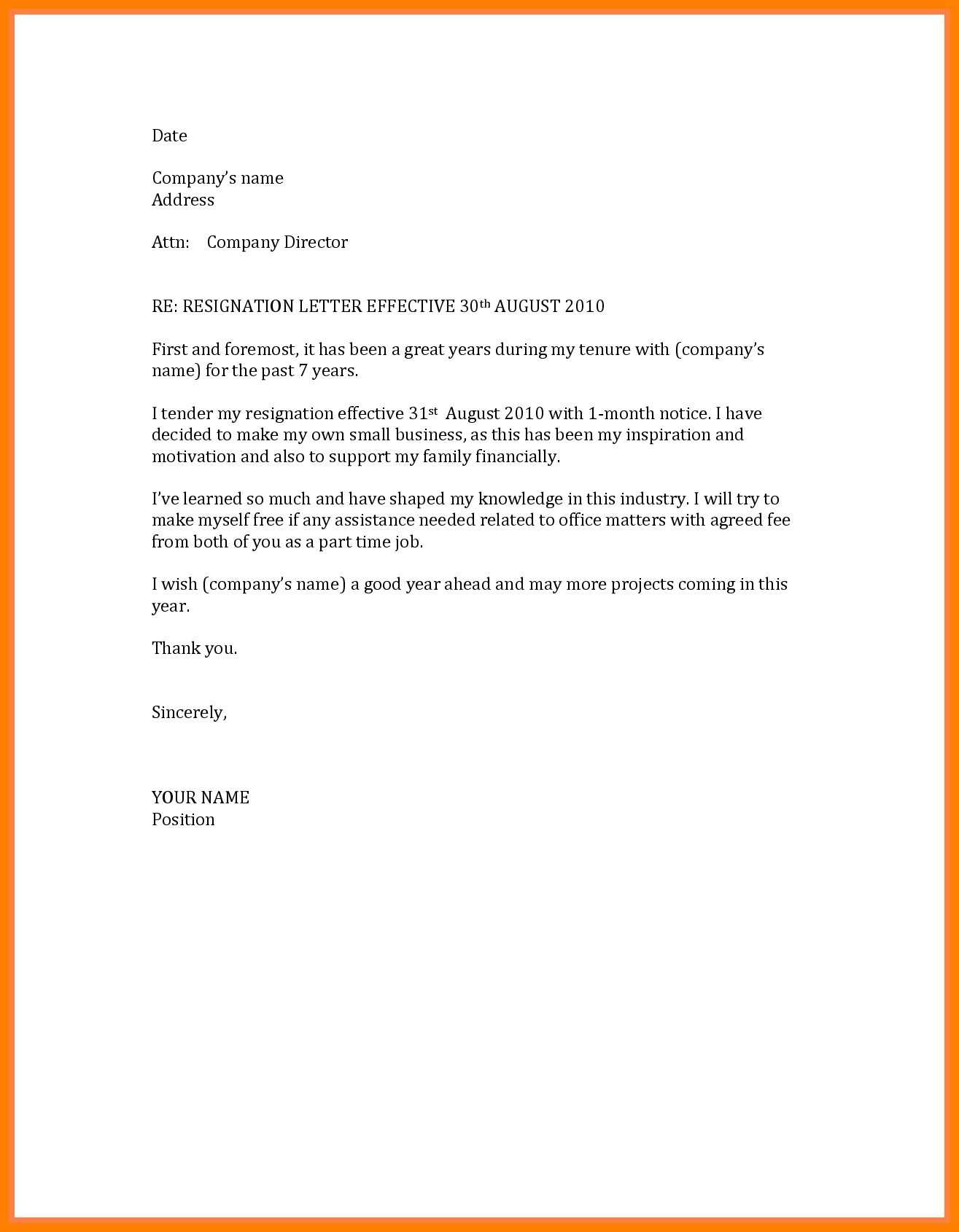
1. Start with a clear statement: Open with the clear intention to resign. For example, “I am writing to formally resign from my position as [Your Job Title].”
2. Show appreciation: It’s important to express thanks. Mention the skills learned, the growth opportunities, or the relationships built during your time there.
3. Offer assistance during the transition: Suggest how you can help during the transition period. This shows you care about the company and want to leave on good terms.
Sample letter:
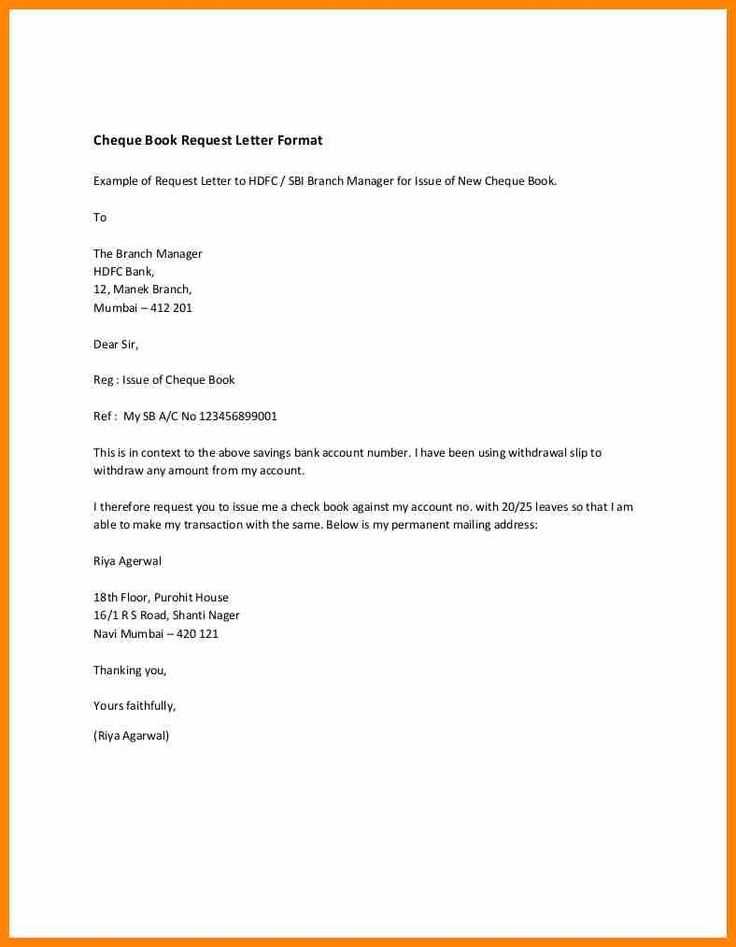
“Dear [Manager’s Name],
I am writing to let you know that I will be resigning from my position as [Your Job Title] effective [Your Last Working Day]. It has been a pleasure working at [Company Name], and I truly appreciate the opportunity to be a part of the team. I’ve gained valuable experience and enjoyed working with such a talented group of people.
During my remaining time, I’m happy to assist in training a replacement or help with any transitions that need to be made. I look forward to staying in touch and hope our paths cross again in the future.
Thank you once again for everything.
Best regards,
[Your Name]”
Resignation Letter Template Casual
Choosing the Right Tone for Your Message
Key Elements to Include in Your Resignation
How to Show Gratitude in a Casual Resignation
When to Submit Your Letter of Resignation
How to Offer Assistance During the Transition
Final Review: Maintaining Professionalism with a Casual Tone
When writing a casual resignation letter, it’s important to balance friendliness with professionalism. The tone should be respectful but not overly formal. Use a conversational style that reflects your relationship with your employer, while maintaining the necessary level of decorum. Keep the tone light but clear, avoiding overly casual language or slang. Aim for a tone that leaves a positive impression, as you may want to maintain connections for future opportunities.
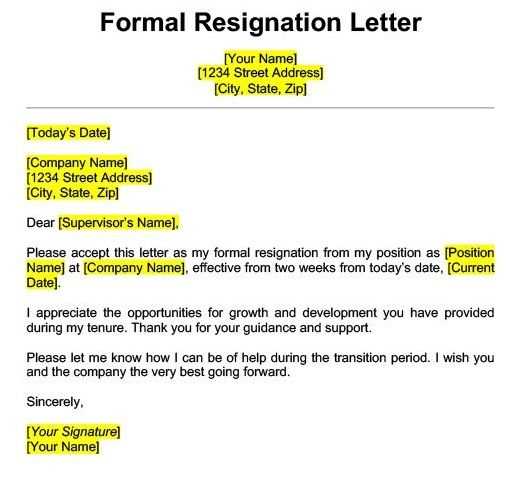
Key Elements to Include in Your Resignation
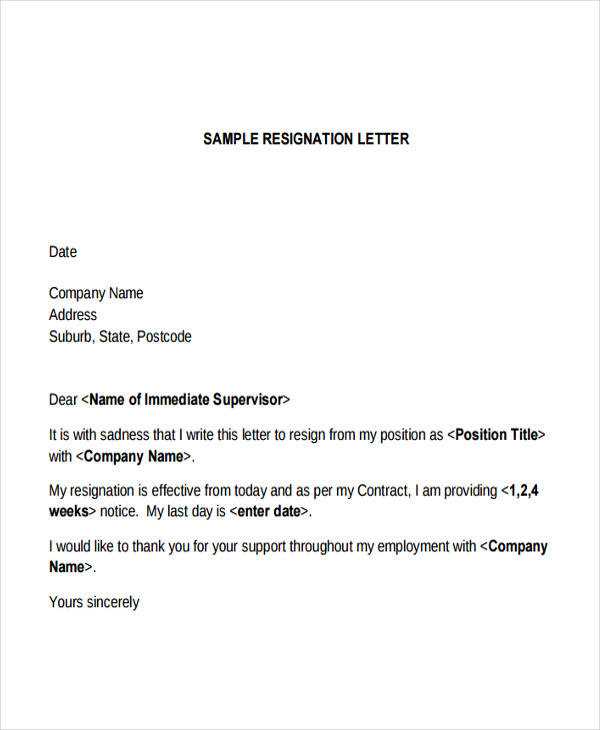
A casual resignation letter should still contain the essential elements. Clearly state your intention to resign, specify your last working day, and express gratitude for the opportunity to work with the company. It’s also helpful to briefly mention any positive experiences or what you’ve learned during your time with the company. While you don’t need to go into deep details, ensure your departure is communicated clearly to avoid misunderstandings.
How to Show Gratitude in a Casual Resignation
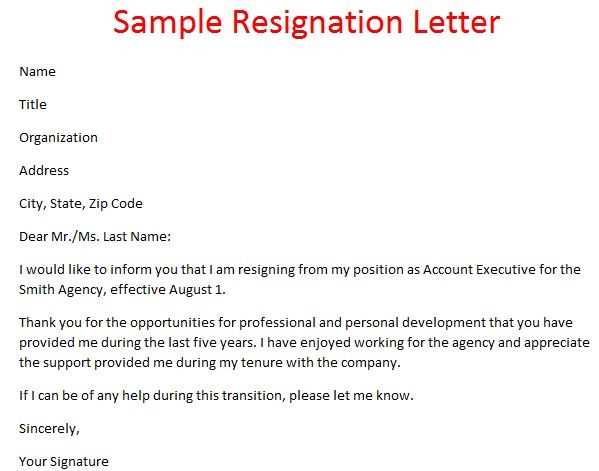
Gratitude is a key component of any resignation letter. In a casual letter, express thanks for the opportunity, the support of your colleagues, and any personal growth you’ve experienced. Acknowledge the positive aspects of your time at the company without sounding overly formal. A simple, “I’ve really enjoyed my time here and am thankful for the experiences I’ve gained,” can go a long way in maintaining a positive relationship with your employer.
Submit your resignation letter at least two weeks before your intended departure. This allows your employer to plan for your transition and ensures a smooth handover of duties. Offering assistance during this time demonstrates professionalism and helps ease the impact of your departure.
Finally, always review your resignation letter before sending it. Even though it’s casual, maintaining professionalism is essential. A well-written resignation letter reflects your respect for the company and your colleagues, ensuring that you leave on good terms.